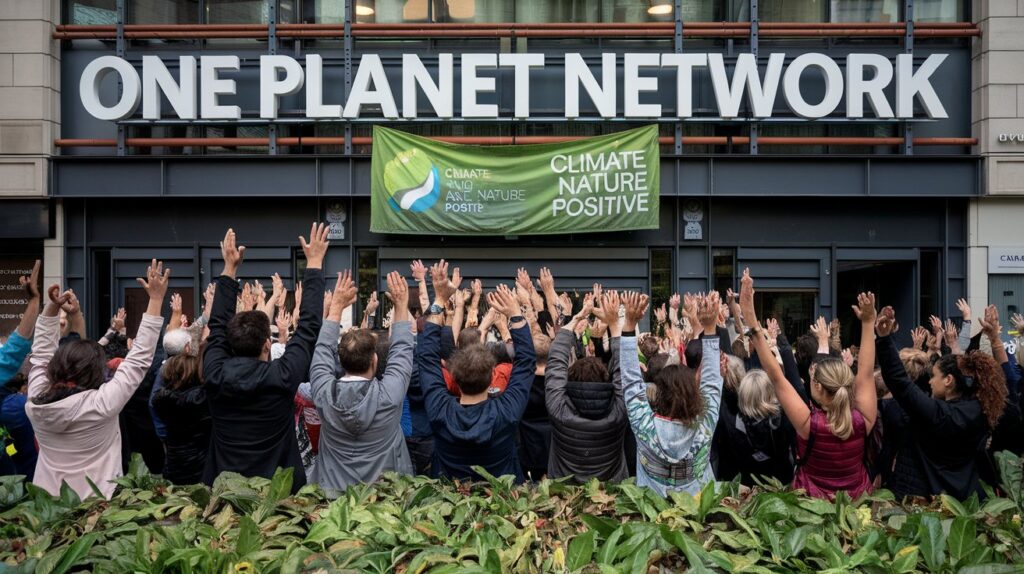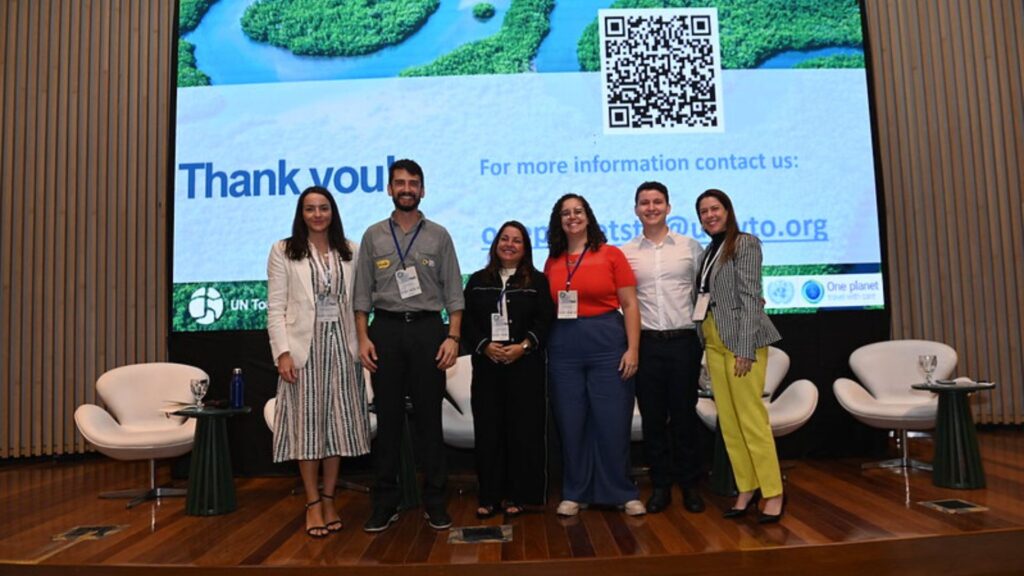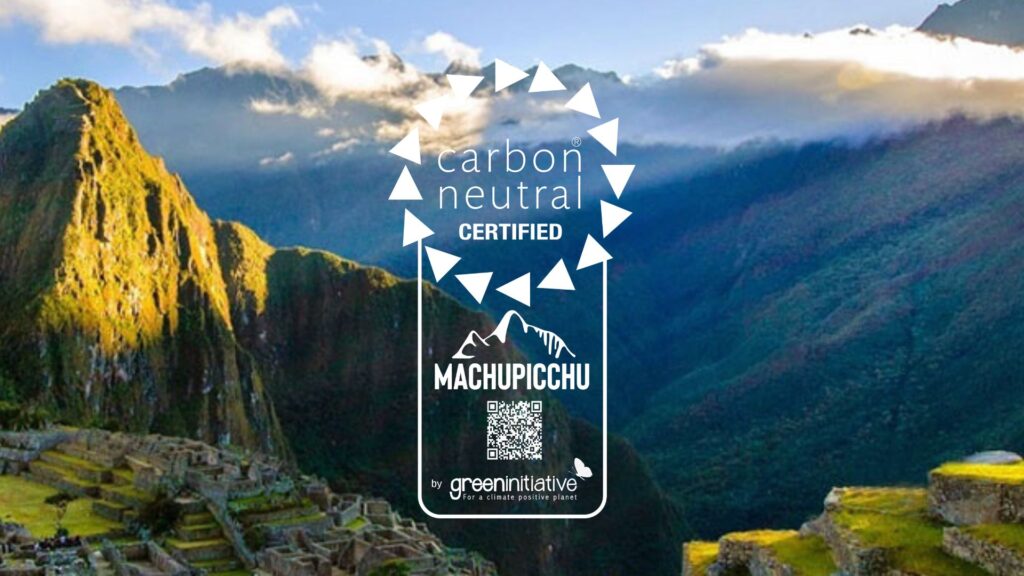Green Initiative’s Climate and Nature Positive Sustainability Work Featured in One Planet Network’s Tools and Resources: A Major Step for Global Climate Action
In a powerful endorsement of our efforts to drive climate and nature positive sustainability in tourism, Green Initiative has been prominently featured in the One Planet Network’s Tools and Resources section, a key platform for advancing climate-positive action. Several landmark projects, including the Carbon Neutral Certification renewal of Machu Picchu, the Climate Action Guide for Tourism Businesses and Destinations publication, and a comprehensive International Webinar on Regenerative Tourism, are now listed among vital tools supporting global climate action planning. Machu Picchu’s Carbon Neutral Certification: A Global Model for Heritage and Sustainability At the forefront of these efforts is the successful renewal of Machu Picchu’s Carbon Neutral Certification, a project led by Green Initiative now featured on the One Planet Network. The certification underscores the site’s ongoing commitment to reducing its environmental impact. It serves as a model for other world heritage sites aiming to align with the objectives of the Glasgow Declaration on Climate Action in Tourism. This achievement is highlighted in the One Planet Network’s news section, emphasizing the importance of carbon-neutral strategies in heritage tourism. Read more about Machu Picchu’s Carbon Neutral Certification here. The Climate Action Guide: A Vital Tool for Tourism Operators Green Initiative’s Climate Action Guide for Tourism Businesses and Destinations is now available through the One Planet Network’s Tools and Resources. This guide provides a practical, action-oriented framework for tourism stakeholders to create and implement climate-positive action plans. It addresses key areas such as reducing carbon emissions, adopting renewable energy, improving waste management, and integrating sustainable business practices. The guide offers step-by-step strategies for tourism operators looking to advance their climate commitments in line with the Glasgow Declaration, making it an indispensable resource for businesses and destinations seeking to reduce their carbon footprints. Access the Climate Action Guide for Tourism Businesses and Destinations here. International Webinar on Regenerative Tourism: Expanding the Scope of Sustainability Also featured on the platform is the recording of an insightful International Webinar on Regenerative Tourism, co-hosted by Green Initiative. This webinar explores the concept of regenerative tourism, which aims to minimize environmental harm and restore and rejuvenate ecosystems. As businesses and destinations seek ways to contribute positively to the environment, this approach offers a new paradigm for ecological sustainability and long-term competitiveness in the tourism sector. The webinar provides valuable knowledge on how tourism can be a force for ecological restoration, helping businesses implement practices that leave destinations better than before. Watch the International Webinar on Regenerative Tourism here. Empowering Climate Action in Tourism Through One Planet Network The inclusion of Green Initiative’s work in the One Planet Network’s Tools and Resources section signifies a major step forward in empowering tourism operators to actively participate in global climate action. These resources—from real-world examples of Machu Picchu’s carbon neutrality to actionable guides and educational webinars—are now accessible to tourism businesses, destinations, and stakeholders worldwide. This collaboration strengthens the push for a more sustainable and climate-resilient tourism industry, reinforcing that tourism can lead global efforts to fight climate change. By leveraging these tools and resources, destinations worldwide can follow the path paved by Green Initiative, taking bold steps toward reducing their environmental impact while enhancing the resilience of their operations. Contact us to learn more about our services and receive expert climate and nature positive advice for your business organization. Related articles










